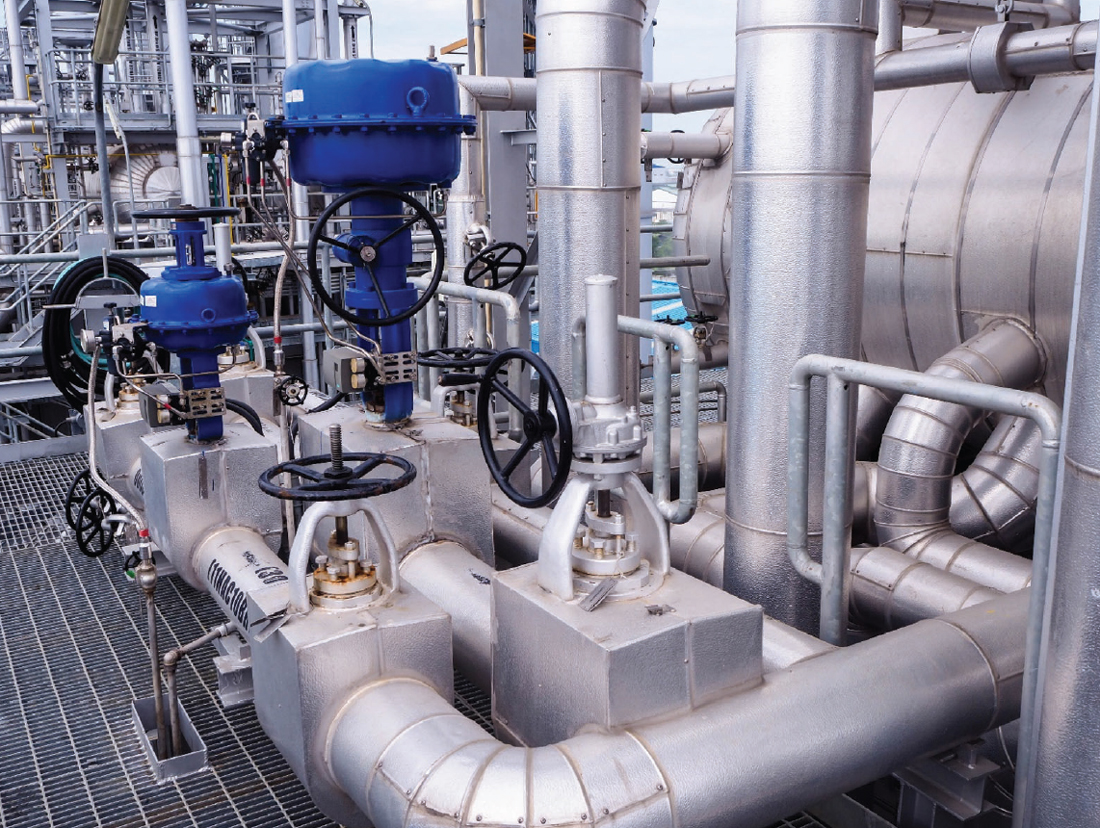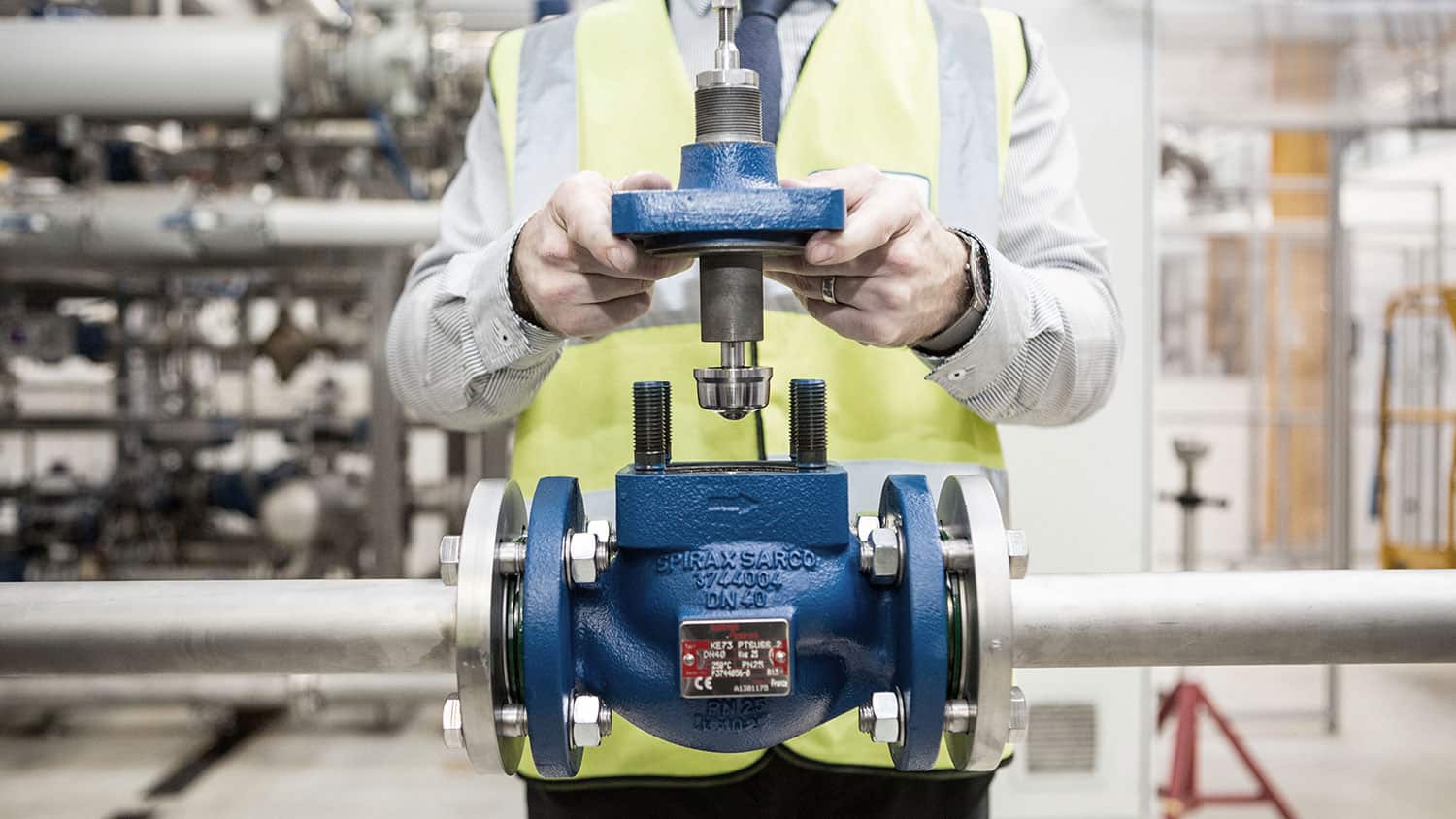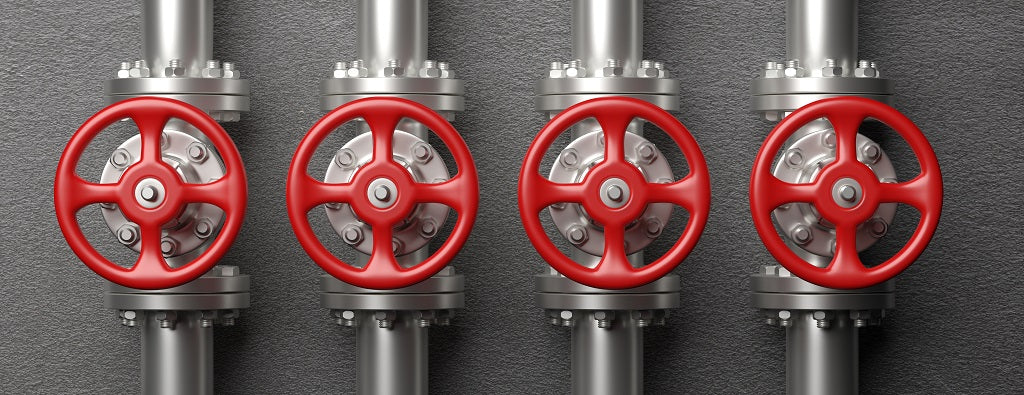Exploring the Performance of Modern Control Valves in Industrial Applications
Exploring the Performance of Modern Control Valves in Industrial Applications
Blog Article
Achieve Seamless Combination and Control With Top Quality Structure Automation Controls
In the world of modern building management, the importance of high quality structure automation controls can not be overemphasized. As technology remains to advance, the integration and control of different systems within a building have evolved to be a lot more sophisticated and efficient. The smooth operation and surveillance of illumination, HEATING AND COOLING, protection, and other structure features have ended up being critical for boosting resident convenience, energy performance, and overall operational effectiveness. Nonetheless, the journey towards attaining true assimilation and control is a multifaceted one, with factors to consider varying from system compatibility to cybersecurity. Welcoming top quality structure automation controls is not simply a matter of convenience but a tactical necessary for companies intending to optimize their facilities' performance and sustainability.

Evolution of Structure Automation Controls
Throughout the past few years, the advancement of constructing automation controls has dramatically transformed the way buildings are managed and run. At first, building automation systems primarily focused on basic features such as controlling air flow, home heating, and air conditioning (HVAC) systems. As modern technology advanced, these controls have ended up being extra sophisticated, permitting for a larger variety of building systems to be incorporated and handled centrally.
The advancement of developing automation controls has actually seen a change towards even more smart systems that can adjust to changing problems in real-time. This flexibility is important for enhancing power effectiveness and making certain resident convenience. Additionally, modern structure automation controls currently provide features such as anticipating maintenance, remote monitoring, and information analytics, making it possible for facility managers to make data-driven decisions to boost building efficiency.

Advantages of Quality Assimilation
The development in structure automation regulates in the direction of even more intelligent systems has highlighted the considerable advantages of quality combination in maximizing structure procedures and enhancing overall performance. Quality integration of developing automation controls offers a number of crucial advantages. It leads to improved power performance by permitting various systems to function together effortlessly, making certain optimal performance and decreasing power wastefulness. Second of all, high quality combination enhances resident comfort and efficiency by enabling personalized control over environmental settings like illumination, temperature, and air high quality. This modification can cause a much more comfy and helpful working or living atmosphere. In addition, top quality assimilation streamlines maintenance and troubleshooting procedures, as all systems are adjoined and can be checked and regulated from a centralized user interface. This central control additionally supplies better exposure and insights into building efficiency, making it possible for positive upkeep and optimization techniques. On the whole, the benefits of high quality assimilation in building automation controls are indisputable, offering boosted efficiency, comfort, and functional effectiveness.
Enhanced Customer Experience and Availability
Enhancing customer communication with structure automation manages through instinctive style and enhanced availability elevates the general experience for owners and facility managers alike. By concentrating on individual experience, building automation systems can come to be more straightforward and efficient. Instinctive interfaces, clear navigation, and adjustable settings empower individuals to connect with the controls conveniently and properly.
Access attributes play a critical duty in guaranteeing that all individuals, including those with handicaps, can utilize the building automation manages effortlessly. Incorporating attributes such as voice commands, tactile switches, and color-contrasted screens can enhance accessibility and make the controls extra inclusive.
Furthermore, improved user experience results in higher individual fulfillment, raised performance, and better decision-making. Residents can change environmental setups according to their preferences, while facility supervisors can effectively handle and keep track of structure systems - control valves. Generally, prioritizing customer experience and availability in building automation regulates contributes to a more seamless and effective building setting for all stakeholders included
Sustainable Practices Via Automation

Additionally, automation can facilitate the assimilation of sustainable power sources such as solar panels or wind turbines right into structure procedures. By immediately changing power usage based upon the availability of renewable resource, buildings can additionally reduce their reliance on non-renewable sources. This smooth integration of lasting practices not only profits the environment yet likewise improves the total operational visit site efficiency and cost-effectiveness of the structure. With automation, structures can align with contemporary sustainability objectives and add to a greener future.
Future Trends in Structure Control Systems
One popular trend shaping the future of structure control systems is the enhanced combination of Artificial Knowledge (AI) and device discovering. In addition, the Internet of Points (IoT) is changing structure control systems by linking sensing units and gadgets to boost and enhance operations efficiency.
Another key their explanation trend is the focus on cybersecurity actions to protect versus potential dangers to building automation systems. As structures become a lot more interconnected, ensuring durable cybersecurity protocols will certainly be necessary to guard sensitive information and protect against unapproved accessibility.
In addition, the shift in the direction of cloud-based systems is obtaining momentum, permitting systematized control and remote accessibility to building systems. This helps with much easier surveillance, maintenance, and updates, enhancing the general efficiency and versatility of building control systems. As innovation proceeds to breakthrough, these trends are expected to shape the future landscape of building automation controls, driving development and sustainability in the developed setting.
Verdict
Finally, building automation controls have evolved substantially, supplying countless advantages such as boosted customer experience, accessibility, and sustainable practices. Quality integration plays a key role in achieving smooth control and efficient procedure of structure systems. Future fads in structure control systems are likely to focus on further enhancing automation capabilities for improved energy effectiveness and total performance. It is vital for structure proprietors and drivers to prioritize the adoption of high quality building automation controls to optimize structure procedures and accomplish long-lasting sustainability goals.
In the realm of modern building monitoring, the relevance of quality structure automation controls can not be overstated. Overall, the advancement of building automation regulates continues to drive innovation in the structure management market, offering brand-new possibilities for developing smarter and much more sustainable structures.
The improvement in structure automation manages in the direction of more smart systems has emphasized the significant advantages of quality combination in maximizing building visit this site procedures and enhancing general performance. In general, focusing on user experience and access in building automation manages adds to a more productive and seamless structure setting for all stakeholders involved.
It is essential for structure owners and operators to focus on the fostering of high quality structure automation manages to optimize building operations and attain long-term sustainability goals. - control valves
Report this page